Building: High Performance Organizations
In over 20 years of real-world experience, OLC has helped organizations develop specific "Organizational Capabilities" that enable the achievement of high performance, foster innovation and engagement, and help knowledge workers use their full potential.

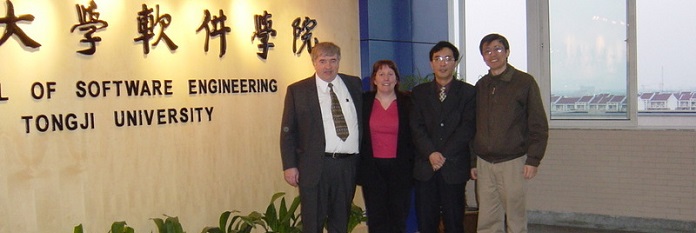

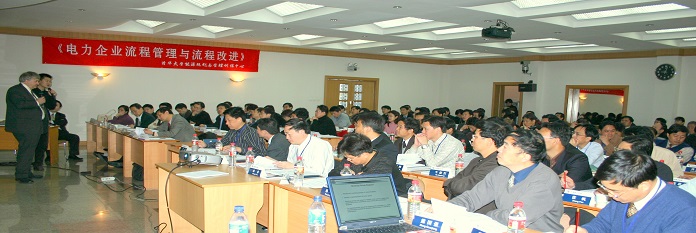
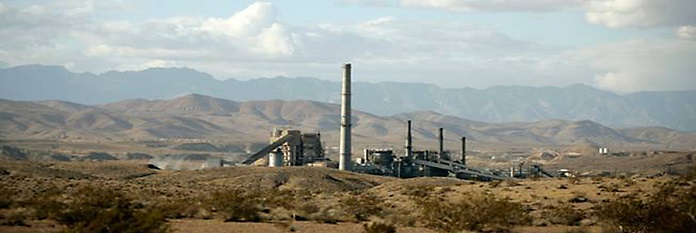

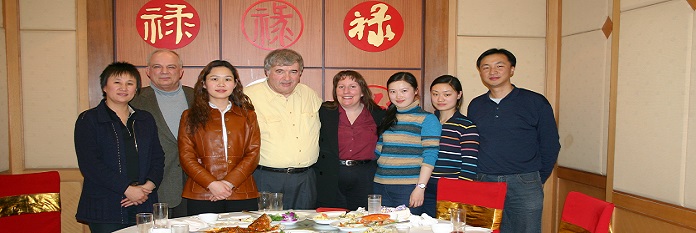


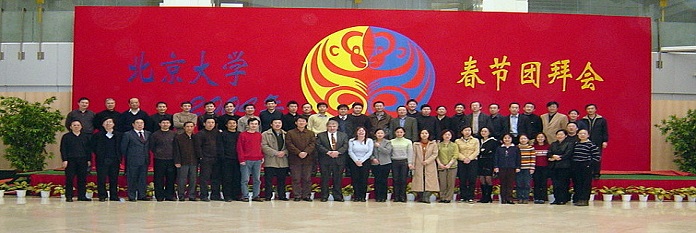
OLC's "Bigger Pie" Initiative
Let's stop arguing about who gets the biggest piece of the pie, let's work together to make a bigger pie. Lack of knowledge... that is the problem -W. Edwards Deming
"How do you make a bigger pie?" The purpose of "The Bigger Pie Initiative" is to share OLC's answers to this this question with individuals and groups who seek ways to build a better world for all.
The Emergence of Living Institutions
Nowhere is it more important to understand the relation between parts and wholes than in the evolution of global institutions and the larger systems they collectively create. Arie de Geus, author of The Living Company and a pioneer of the organizational learning move-ment, says that the twentieth century witnessed the emergence of a new species on earth - that of large institutions, notably, global corporations. This is a historic development. Prior to the last hun-dred years, there were few examples of globe-spanning institutions. But today, global institutions are proliferating seemingly without bound, along with the global infrastructures they create for finance, distribution and supply, and communication.
This new species' expansion is affecting life for almost all other species on the planet. Historically, no individual, tribe, or even nation could alter the global climate, destroy thousands of species, or shift the chemical balance of the atmosphere. Yet that is exactly what is happening today, as our individual actions are mediated and magnified through the growing network of global institutions. That network determines what technologies are developed and how they are applied. It shapes political agendas as national governments respond to the priorities of global business, international trade, and economic development. It is reshaping social realities as it divides the world between those who benefit from the new global economy and those who do not. And it is propagating a global culture of instant communication, individualism, and material acquisition that threat-ens traditional family, religious, and social structures. In short, the emergence of global insti-tutions represents a dramatic shift in the conditions for life on the planet.
It may seem odd to think about titanic forces such as globalization and the information revolution as arising from the actions of a new species. But it is also empowering. Rather than attributing the changes sweeping the world to a handful of all-powerful individuals or face-less "systems," we can view them as the consequences of a life form that, like any life form, has the potential to grow, learn, and evolve. But until that potential is activated, industrial- age institutions will continue to expand blindly, unaware of their part in a larger whole or of the consequences of their growth, like cells that have lost their social identity and reverted to undifferentiated growth for its own sake.
The species of global institutions reshaping the world includes non-business organizations as well. Today, for example, it's possible to enter an urban school in China or India or Brazil and immediately recognize a way of organizing education that has become completely taken for granted in the West. Students sit passively in separate classrooms. Everything is coordi-nated by a predetermined plan, with bells and whistles marking time, and tests and grades to keep things moving like one giant assembly line. Indeed, it was the assembly line that inspired the industrial-age school design, with the aim of producing a uniform, standardized product as efficiently as possible. Though the need to encourage thoughtful, knowledgeable, com-passionate global citizens in the twenty-first century differs profoundly from the need to train factory workers in the nineteenth century, the industrial-age school continues to ex-pand, largely unaffected by the new realities within which children are growing up in the present day.
As Buckminster Fuller pointed out, a living system continually re-creates itself. But how this occurs in social systems such as global institutions depends on both our individual and collective level of awareness. For example, each individual school is both a whole unto itself and a part, a place for the "presencing" of the larger educational system. So, too, is each individual member of the school: teachers, administrators, students, and parents. Each of us carries the memory and expectations of our own experience as schoolchildren. The same holds true for the way business organizations, and their members, are places for the presenc-ing of the prevailing systems of management. As long as our thinking is governed by habit - notably by industrial, "machine age" concepts such as control, predictability, standardization, and "faster is better" - we will continue to re-create institutions as they have been, despite their increasing disharmony with the larger world.
In short, the basic problem with the new species of global institutions is that they have not yet become aware of themselves as living. Once they do, they can then become a place for presencing the whole as it might be, not just as it has been.
An extract from
Awakening Faith in an Alternative Future
A Consideration of Presence:Human Purpose and the Field of the Future
By Peter M. Senge, C. Otto Scharmer,Joseph Jaworski, and Betty Sue Flowers